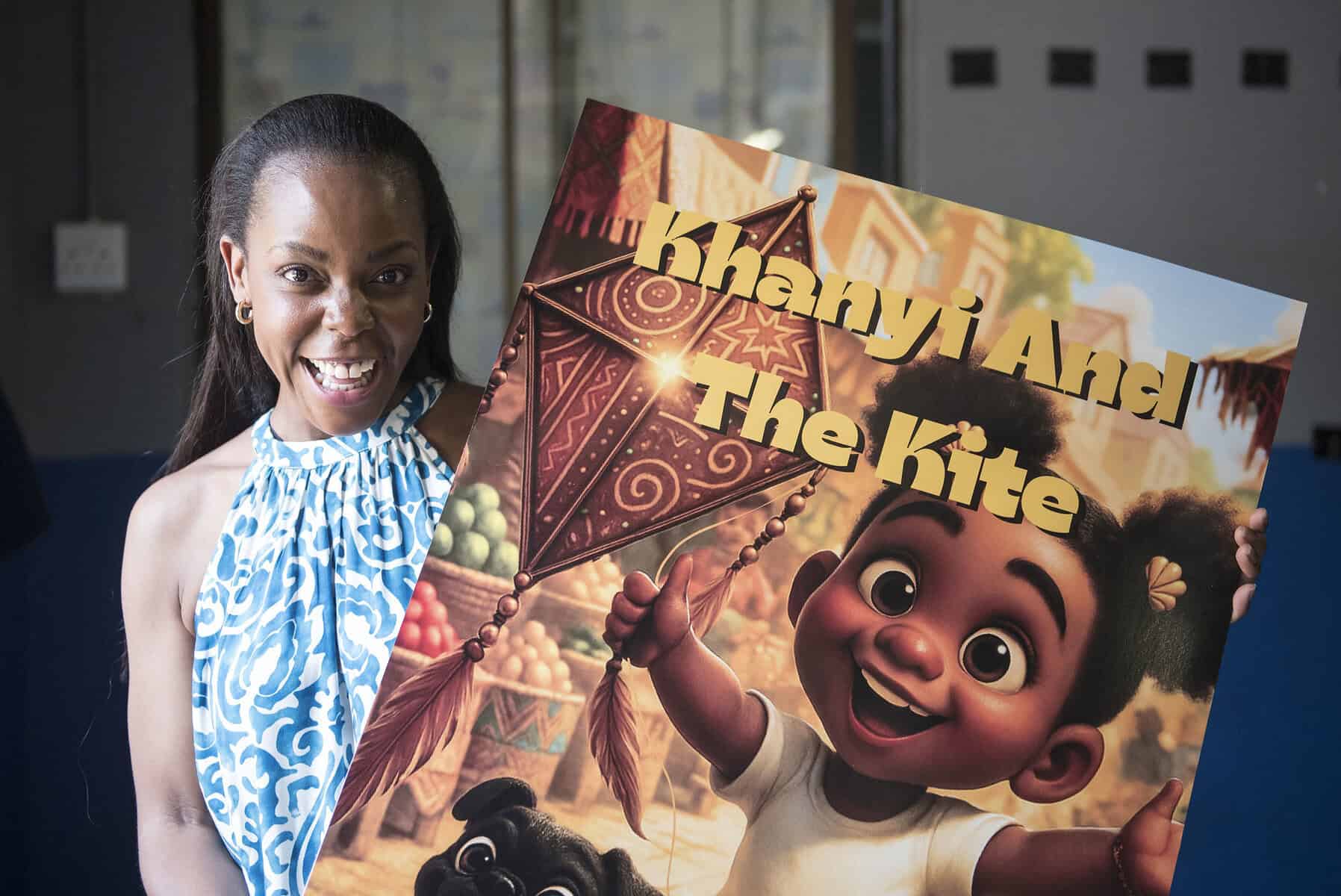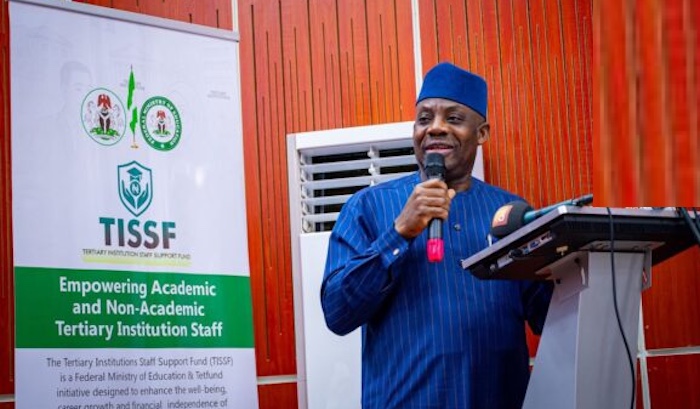
Storytelling is not just an art. It’s in our DNA as humans.
From campfire tales in the caves of our ancestors to thespian genius like Shakespeare, books, movies, and television have evolved.
Actress and children’s author Candida Mosoma has shared stories amidst the bright lights of West End stages and now, she’s taken it to pages. In a children’s book called Khanyi and The Kite.
Mosoma’s credits read like those of a theatrical doyenne. She has told stories in major shows like Sister Act, Dreamgirls, and The Lion King, amongst others.
“I have learned that storytelling is about touching lives, touching souls, opening hearts. It is about sharing experiences, whether they belong to others or come from your own journey,” she said.
“For me, storytelling is really about finding ways to make the world a better place by telling stories that people can connect with, in a way that is accessible and deeply human.”
The book, the first in a series she dubbed Mbilu Tales, follows Khanyi and her pug Momo as they chase a runaway kite through a park, guided by the gentle wisdom of Kokwani.
The latter is a character who plays a central role in Khanyi’s life, is drawn from Mosoma’s own life anchors, she said.
“Kokwani represents the two pillars of strength who have grounded me, guided me, and helped me soar. They are my mother and father. They are the ones who told me that the sky is endless, that dreams have no limits, and that with hard work and dedication, the world truly is your oyster,” she said.
The book is musical, poetry and prose
The book is musical; it’s poetry and prose. It’s rhythmic words, phrases and attention-grabbing illustrations, said Mosoma, were intended to make the story feel familiar to children raised on digital content while still holding to the traditions of African heritage.
“Since children today are born with cell phones and iPads in their hands, I wanted the feel of the book to make them not feel so removed from what they are used to,” she said.
“I wanted it to feel as if, when they are in the pages of Khanyi and the Kite, even though it is paper, it is something they can still relate to. That is why I opted for a Pixar style in my illustrations and added kite etchings in the background as a way of marrying our digital age with the roots of Africa.”
Mosoma said that her motivation to write comes from a childhood that lacked characters who looked like her.
“Growing up, I personally did not see any representation of little girls who looked like me, little Black Tsonga girls,” she said. “Later, we moved to the United States and came back after Mandela was released, but even then, I did not see characters who looked like me.
“The reason representation matters so much is that it helps shape a child’s identity. When a child can say, ‘that person looks like me, that person speaks like me, and that person is in a position of importance’, it has an impact,” she said.
“These are stories that all children can connect with and understand. The Tsonga nuances are simply a gentle touch of culture and education, an opportunity to celebrate something beautiful and new while sharing messages that every child, everywhere, can relate to,” Mosoma said.
ALSO READ: ‘Thando’ horror film: For the kids, by the kids
Storytelling has meaning
She added that the response from her family confirmed that her story carried meaning.
“After my cousin told me how her daughter reacted when she recognised Kokwani in the story, I was left in tears,” she shared.
“Knowing that with her limited vocabulary she could still find joy in recognising someone she knew and loved within those pages meant the world to me. That moment made me realise this journey is not just about writing stories. It is about belonging, identity, and connection.”
And dreams that can come true.
“I have always wanted to perform on Broadway or the West End, and now I am living the dream. Also, I never thought I could even be an author or a publisher. I never thought that I had these stories, these big dreams living within me. I am still at the beginning stages of my publishing career and working hard to make a success of it,” she said.
“Do not dim your light. Never give up on your dreams. Each dream is a seed from your imagination. Your hard work and determination are the soil and water it needs to grow. There is only one you in this world, and we need to hear your voice.”
NOW READ: How Thebe Ikalafeng reimagined the African continent through a striking provocative painting



